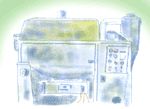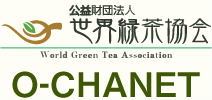Home > Encyclopedia of O-CHA(tea) > The Processing of Tea
Main content starts here.
Japanese tea-The basic process
Japanese tea is an unfermented tea
Green teas in Japan and China are unfermented teas. Harvested tea leaves are steamed or pan-roasted to inactivate the enzyme which helps to prevent the loss of greenness of the leaves and components such as vitamin C. The basic manufacturing process, which may vary depending on kind of green tea, is described below.
1.Tea picking 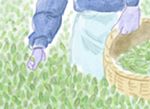
The first flush (first/new crop) tea is made from new buds of young leaves picked between late-April and mid-May, followed by the second flush harvest in June, and the third flush tea harvest in late-July.
2.Steaming 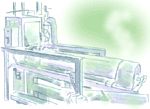
Picked raw leaves are steamed in order to stop enzymatic activity.
3. Rolling and drying / rough rolling and beating in drum 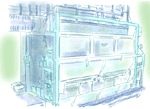
The tea leaves are dried and rolled in a rotating drum through which hot air is blown.
4. Rolling / rolling with pressure 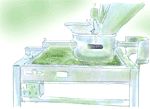
Tea leaves are put together in a lump, rolled and pressed by a brush from above while the moisture level is monitored to ensure uniformity.
5. Rolling and drying / Rolling and beating in drum 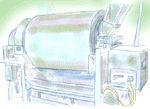
Similar to Step 3, the tea leaves are died and rolled in a rotating drum through which with hot air is blown.
6. Rolling, drying, shaping / fine rolling 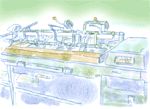
The tea leaves are shaped and dried by applying heat and pressure.
7. Drying 
The rolled tea is thoroughly dried; the process through this point produces “Aracha” or “crude tea”.
8. Sorting 
The crude tea, which consists of various sizes and shapes of leaves, is sifted and sorted.
9. Heating and drying 